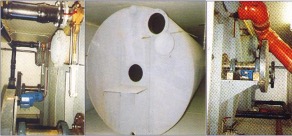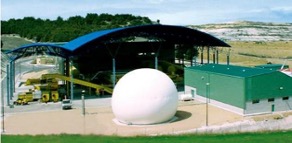Roots & Vision
The story of BioBlox begins in the wake of the 1980 energy crisis, a time when the need for alternative energy sparked a wave of innovation in biogas production around the world. Many of the early systems were short-lived—metal parts corroded quickly, and the materials weren’t ready for the aggressive nature of biogas.
But in the small villages of Switzerland, local farmers took a different path. Instead of using bulky silo reactors, they repurposed old barns and developed horizontal tank systems. These weren’t easy to operate, but they mimicked natural digestion—more like how a stomach works than a factory. The result? A slower, layered process that proved to be more efficient than the standard industrial models.
On one of these pioneering farms, our founder worked hands-on with both types of reactors, using the same organic mix of pig manure and slaughterhouse waste. The horizontal tanks clearly outperformed the traditional ones, revealing something essential: biogas production thrives when the process is allowed to unfold step by step.
This insight led, in 1991, to the development of a new method for processing the organic fraction of household waste—vegetable, fruit, and garden leftovers. By pre-composting this material for a few days, we triggered the hydrolysis phase, making the mix more acidic and uniform before entering the main reactor. The result: cleaner energy, higher yields, and less waste.
Since then, with the addition of key technologies like combined heat and power (CHP) units, separators and pumps, this stepwise system has become the backbone of large-scale organic waste treatment plants across Europe.
Our roots lie in the fields and farms where this idea was born. Our vision is a world where waste becomes a resource, and energy flows in harmony with nature.



